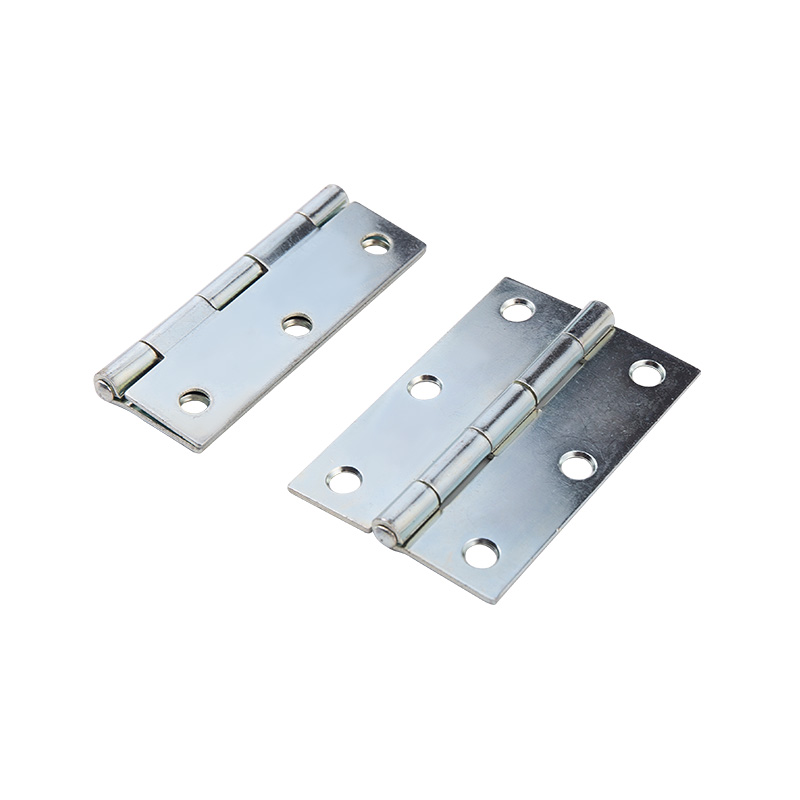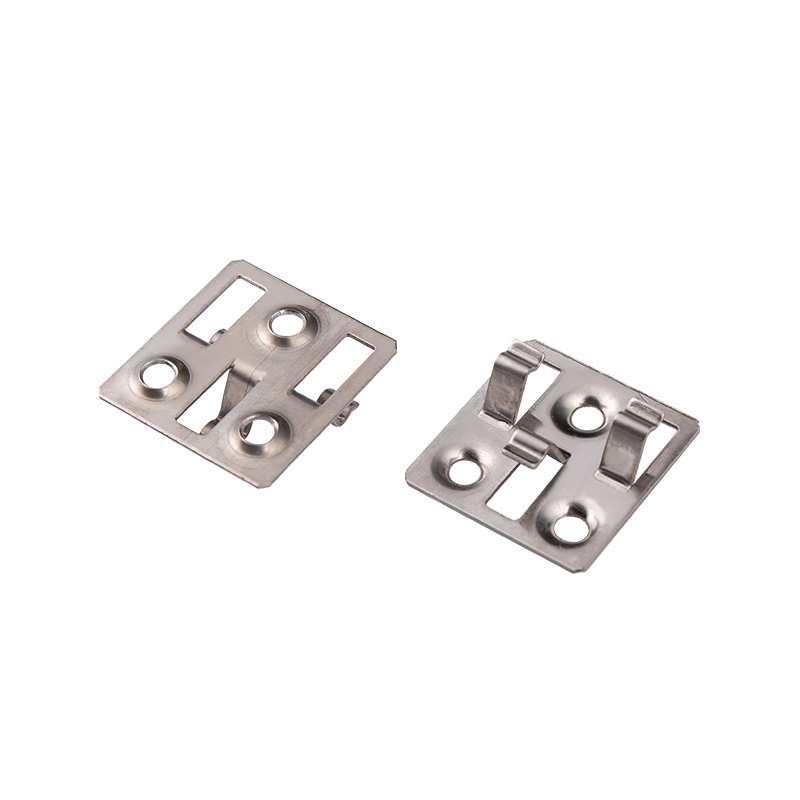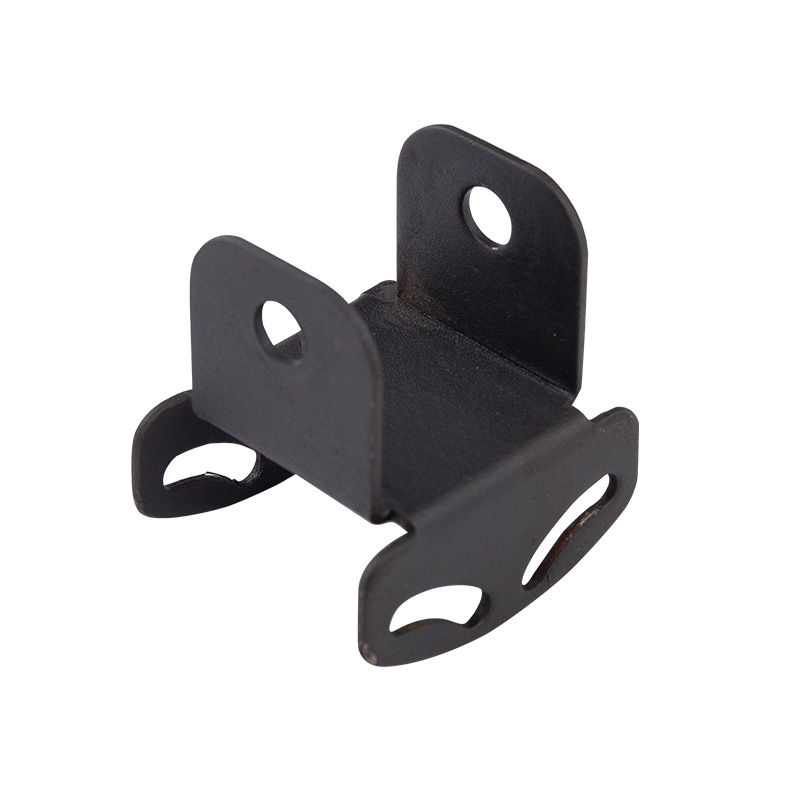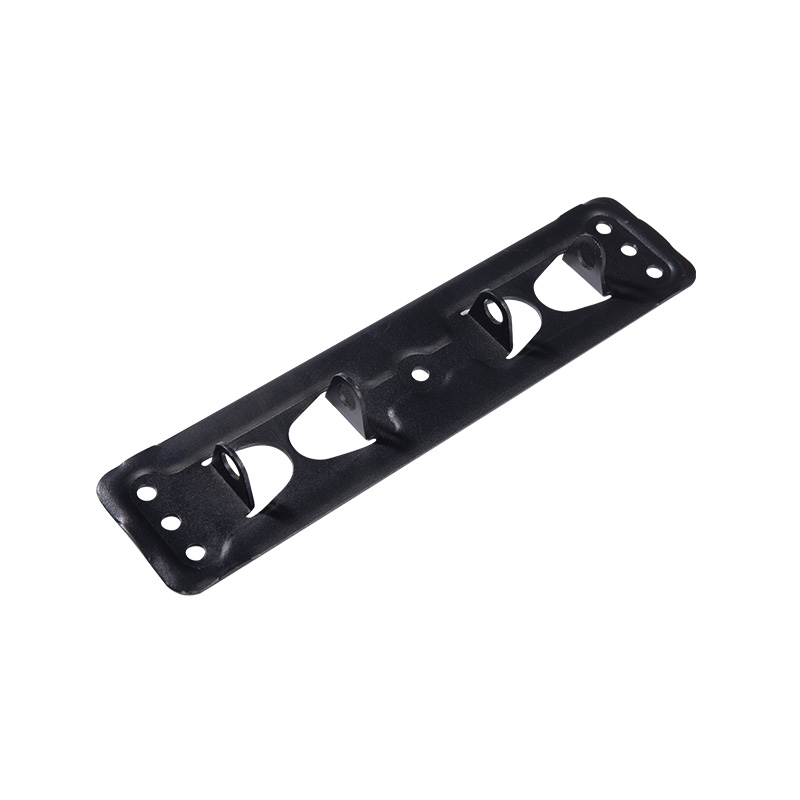What are the tolerances that can be achieved with steel turned parts?
The tolerance that can be finished with Steel Turned Parts to become components is normally expressed as a percent or a particular size. Tolerance refers to the allowable deviation from the favored dimensions certain within the engineering drawings or blueprints. It determines the precision and accuracy of the became parts and is essential in meeting the useful requirements of the final product.
Steel grew to become components are manufactured thru a procedure known as turning, which includes rotating a workpiece against a cutting device to dispose of fabric and shape it into the preferred shape. The turning process can obtain a selection of various tolerances relying on various factors consisting of the form of metal, cutting gear used, device competencies, and the complexity of the component's design.
In general, metal turned parts can obtain tolerances starting from a few thousandths of an inch (zero.001") to three tenths of one thousandth of an inch (0.0001"). However, it's important to observe that attaining tighter tolerances requires greater superior machining techniques and gadget, which might also increase the price and complexity of the producing manner.
The overall size and complexity of the turned components additionally have an effect on the practicable tolerances. Simple, cylindrical-shaped parts with basic functions can commonly attain tighter tolerances as compared to greater complicated parts with complicated designs and further functions together with holes, threads, or move holes.
In addition to size and complexity, the kind and grade of metallic used for the became elements also can have an effect on the workable tolerances. Steel is available in various alloys, each with its own particular traits that have an effect on its machinability and dimensional balance. Some steels, such as low-carbon steels, are normally easier to gadget, whilst others, like stainless steels or device steels, may be more difficult due to their hardness and toughness.
The reducing equipment used during the turning technique additionally play a full-size position in reaching the desired tolerances. The choice of the best tool cloth, geometry, and coatings depends on factors which include the metal grade, reducing velocity, and feed fee. High-velocity steel (HSS) equipment, carbide tools, and cubic boron nitride (CBN) tools are commonly utilized in turning operations, every with their very own professionals and cons in phrases of device existence, cutting speed, and surface end.
Machine abilties, including the precision of the lathes or CNC turning machines, additionally affect the viable tolerances. Modern CNC turning machines offer greater accuracy and repeatability, permitting tighter tolerances to be executed consistently. The rigidity and stability of the machines are vital in minimizing vibrations and making sure precise cuts.
It's vital to notice that achieving tight tolerances constantly additionally requires proper system manipulate, which include accurate measurement, inspection, and exceptional manage processes. Manufacturing facilities frequently appoint numerous metrology techniques inclusive of coordinate measuring machines (CMMs), optical comparators, and different inspection system to verify the dimensions and make sure that the metal grew to become elements meet the desired tolerances.
Overall, the potential tolerances for Steel Turned Parts to become parts rely on several elements, inclusive of the scale, complexity, metallic grade, reducing equipment used, gadget competencies, and the general production method manage. By considering those factors and working closely with skilled manufacturers, engineers can determine the most suitable tolerances to satisfy their layout requirements whilst balancing fee and feasibility.
 English
English 中文简体
中文简体




